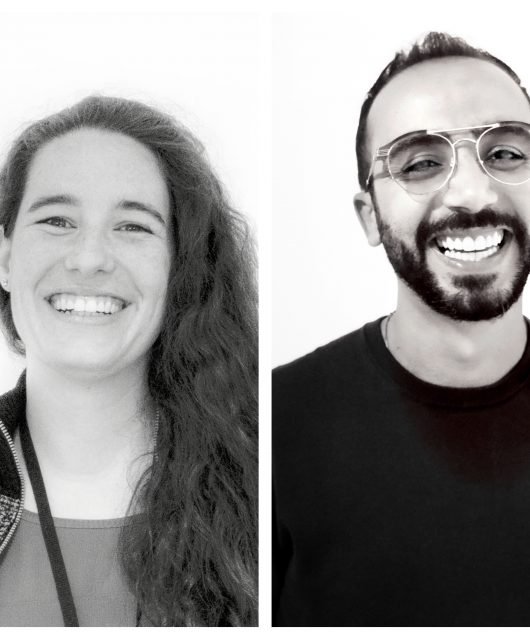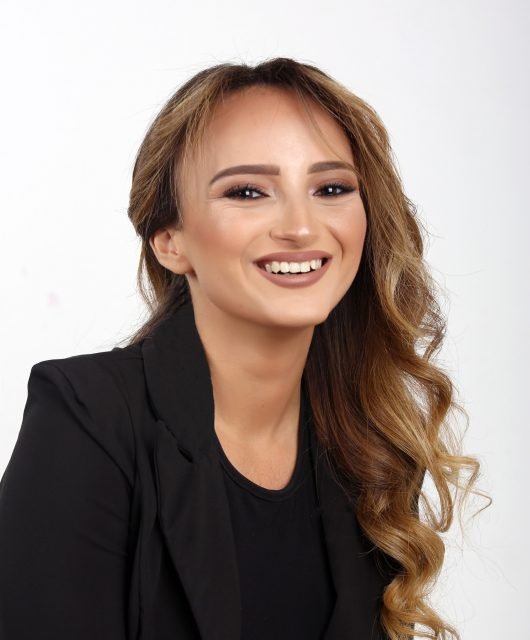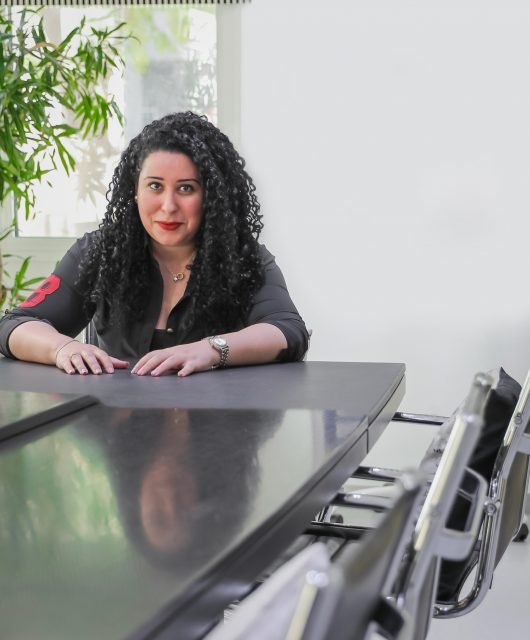Dust Off Your Treadmills!
By Rasha Hamzeh, Director of Strategic Marketing Investments at OMD UAE

One of the questions on everyone’s mind is, what will the world look like after COVID-19?
From a working perspective, it’s difficult to imagine what should people expect when we return to our habitual ways of working. Presuming the business we operate in will have resisted the economic hardship that was placed on it by this pandemic, and also presuming that we will retain an office environment – the expectations from many of us will be to work harder and smarter than ever before to recoup business losses from our ‘downtime’ away from the office.
People nowadays are referring to COVID-19 as the wake-up call. The wake-up call that realigned our priorities and highlighted the importance of human connection and bonds. With that in mind, people expect that the future will no longer be the same. Post COVID-19, people will have more empathy, work less, socialize more, and ultimately be more human.
Our hope is that businesses would behave in a similar fashion post COVID situation.
Let us use the analogy of the treadmill to explain the potential business reality of the post Corona world. The increasing desire of people wanting to keep fit and stay active while at home, lends itself well to this example. Having lived in Dubai these last 7 years, I once compared the closing of the financial year and the opening of the new fiscal as never being able to take your foot off the treadmill, pause for a break, and take stock. The commercial world we live in doesn’t allow us to take a break. We cannot afford to. The last few years have been particular pertinent, especially in Dubai – the regional MENA hub for expats. Expat cities usually bring with them a higher level of work stress and longer hours. The numbers back this up.
According to Gulf Business, Dubai residents work up to 38 percent more hours a year than people in some European cities like Rome and Paris. In 2019 research by Maxis Global Benefits Network showed that 79% of employees in the UAE work on average three full working days beyond their contracted hours each month, the most in 10 countries surveyed followed by Hong Kong and the US.
Going back to the treadmill analogy, in 2016 we were running at a brisk speed of 14, it was then increased to a speed of 16 in 2018, that rose further to a very vigorous pace of 18 in 2019. We aren’t allowed to keep the same pace each year. Business demands growth YoY, and the business pacemakers decide the levels to be met. The pressure kept on adding up.
Now the treadmill is broken.
What does a runner do when the treadmill is broken?
First, his/her focus would be all around getting the treadmill fixed. Once the treadmill is fixed, the runner has to slowly re-build their fitness and stamina, creating a workout plan that is designed to get them at least back to where they were, in the shortest possible time imaginable. With a lot of catching up to do, a new fitness acceleration program is introduced, designed with higher incline levels and faster speeds. Like most athletes will testify, if you put too much strain too quickly on underused muscles – there is usually only one outcome. Injury.
But with so much at stake, can the world afford not to do all it can to get back to normal business operating levels as soon as possible? Governments are on the offensive, bailouts being launched across all the big economies as emergency bandages to protect those businesses most susceptible.
Looking at China, after two months of treadmill rest, and with fewer new cases of COVID-19 every day, there are encouraging signs of recovery. Factories have reopened- operation at 2/3 of their capacity, Apple has re-opened all mainland China stores, retailers and restaurants are open for business, Starbucks has reopened 90% of its outlets, luxury brands have followed suit.
With China slowly getting back on its feet, now is the turn for the rest of the world to rest. When an athlete cannot train through injury or exhaustion, they rest. They recuperate and they focus on getting healthy. We must learn to do the same. We need to re-charge and recover. Although we have never been more isolated, we have never been more connected. We must use this time that has been suddenly made available to us. Whether it’s taking up a new hobby, fixing that spare room, or just series bing-ing, we have the right to decide how we recuperate. Time has always been the most priceless commodity inside and outside of work and we’ve always asked for more of it – now we have it, let’s see how we use it.
As before you know it, we will be told to get back on that treadmill, and the world will never run as slow again.





